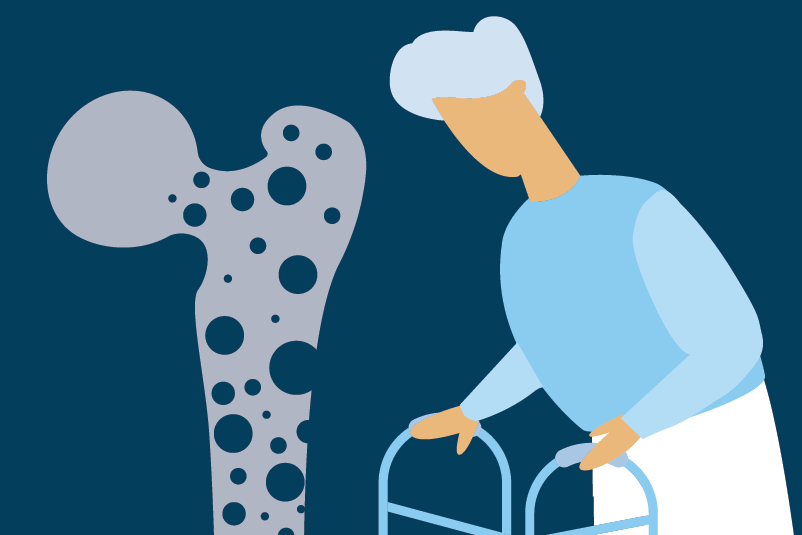#359 Topical corticosteroids for atopic dermatitis – More than skin deep

Reading Tools for Practice Article can earn you MainPro+ Credits
Join NowAlready a CFPCLearn Member? Log in
- Four systematic reviews of randomized controlled trials (RCTs) in past 10 years.1-4 Results statistically significant unless indicated.
- Versus vehicle/moisturizer:
- More children responded to topical corticosteroids, all-types combined: 65% versus 32% (vehicle/moisturizer), not compared statistically.1
- 2-days/week (‘weekend therapy’) fluticasone 0.005-0.05% versus vehicle, for prevention.2
- Patients with ≥1 flare over 16-20 weeks (4 RCTs, 718 patients): 28% versus 61% (vehicle), Number needed to treat (NNT)=3.
- Others found similar.3
- Lower versus higher potency:
- Using 4-potency classification (examples): Mild (hydrocortisone 1%), moderate (hydrocortisone valerate 0.2%), high (betamethasone valerate 0.1%), very high (clobetasol dipropionate 0.05%).3
- Mild versus more potent steroids, marked improvement at 1-5 weeks:3
- 34% (mild) versus 52% (moderate) (4 RCTs, 449 patients), NNT=6.
- 39% (mild) versus 71% (high) (9 RCTs, 458 patients), NNT=4.
- Moderate or high potency steroids versus more potent. Results mixed:
- Marked improvement 1-5 weeks, between-participant trials: No difference.3
- Within same-participant trials: Appears higher potency better, statistics not interpretable.
- Mild versus more potent steroids, marked improvement at 1-5 weeks:3
- Using 7-potency US classification: Gradual increase in efficacy but comparisons indirect (network meta-analysis), statistics not provided.4
- Using 4-potency classification (examples): Mild (hydrocortisone 1%), moderate (hydrocortisone valerate 0.2%), high (betamethasone valerate 0.1%), very high (clobetasol dipropionate 0.05%).3
- Once versus twice daily, using same steroid: No difference (5 RCTs, 903 patients).3
- Adverse events, limited information. Short-term (2-6 weeks):
- Eczematous skin, skin thinning in <1% of patients on placebo/steroid (35 RCTs, 3576patients). RCTs too short, inconsistent/poor reporting, difficult to measure adverse effects on diseased/thickened skin.3
- Normal skin, mean epidermal thickness loss: 0% mild versus 26% very-potent steroids (10 studies, patients without eczema).5
- Potency classifications inconsistent.6
- Tacrolimus 0.1% is at least equivalent to moderate-potency topical corticosteroids.7
- Guidelines: Optimal treatment regimens unclear, stepwise increased potency reasonable.8 Moisturizers strongly recommended for all patients.8







Excellent topic for treatment of atopic dermatitis
very helpfull topic
Very useful information.